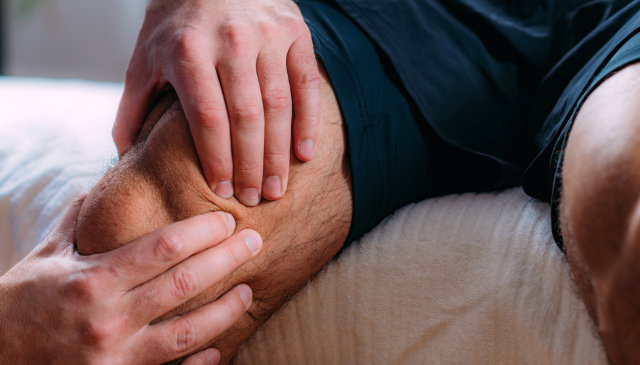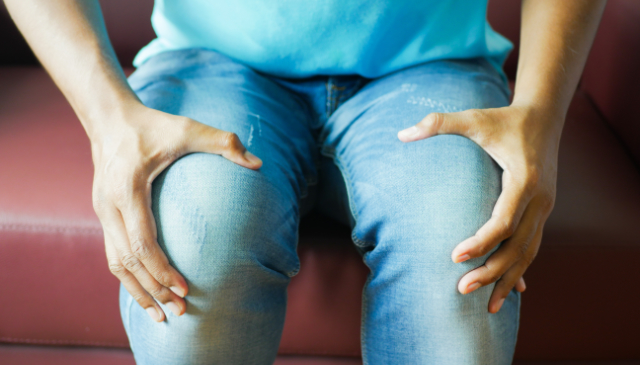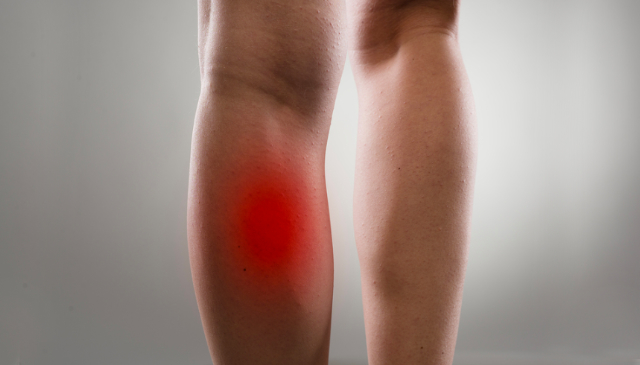
It's no secret that regular physical activity is essential for maintaining optimal health, but did you know that it can also extend your life expectancy? According to a comprehensive study conducted as part of the Copenhagen City Heart Study, engaging in various physical activities can add up to 10 years to your life, with some athletic pursuits providing an even greater benefit than others.
The study tracked more than 8,500 individuals aged between 20 to 98 for up to 25 years. Participants were asked to regularly complete a detailed questionnaire about their physical activity habits, with a focus on tennis, badminton, soccer, jogging, cycling, calisthenics, swimming, and health club activities. Responses were then compared to participants' lifespan to determine what impact each physical activity had on their life expectancy. Results are provided below.
Tennis: The Top Physical Activity for Longevity
The leading finding from the study was that tennis ranked highest in life expectancy among all activities evaluated. Participants who regularly played tennis enjoyed an impressive average increase in life expectancy of about 10 years compared to those who led a sedentary lifestyle with minimal to no physical activity. Tennis is an attractive option because it is an excellent cardiovascular exercise that also involves significant social interaction, which is believed to contribute to its benefits.
Badminton and Soccer: Fun and Beneficial
Badminton and soccer were also associated with substantial benefits. Badminton players had an average lifespan that was 6.2 years longer than sedentary individuals, while soccer players' lifespan was 4.7 years longer. These sports are great for boosting heart and lung health and improving coordination. In addition, like soccer, they often include a social component, which may enhance mental health and wellbeing.
Cycling: A Low–Impact, High–Benefit Exercise
The study found that participants who cycled regularly lived on average 3.7 years longer than sedentary individuals. Cycling is a low–impact exercise, which means it's easier on the joints and is therefore ideal for those with lower limb pain. It's also a great way to get outside and explore your surroundings while getting a thorough aerobic workout.
Swimming and Jogging: The Classics Still Shine
Swimming and jogging are classic forms of exercise that have long been known for their health benefits. The study found that swimmers gained an average of 3.4 years and joggers gained an average of 3.2 years compared to sedentary individuals. Both activities are excellent for improving cardiovascular health, and they can also help to relieve stress and anxiety.
Calisthenics and Health Club Activities: Flexibility and Strength
For those who prefer to work out indoors, calisthenics and health club activities were also found to offer significant benefits. Calisthenics, which include exercises like push–ups and sit–ups, was associated with an average lifespan gain of 3.1 years. Health club activities, such as using treadmills and weight machines, contributed an additional 1.5 years. These activities are great for building strength and flexibility, and they can be tailored to suit any fitness level.
The Social Factor: Why It Matters
One of the intriguing components of this study is the role of social interaction in extending life expectancy. Physical activities that involve social components, like tennis, badminton, and soccer, showed the greatest benefits. This suggests that the combination of physical exercise and social interaction might be particularly effective in promoting longevity. Being part of a community or a team can provide emotional support, reduce stress, and make exercise more enjoyable and sustainable.
The key takeaway from this study is that the best exercise is the one you'll stick with. Whether you prefer the social aspect of team sports, the peacefulness of swimming, or the convenience of jogging or cycling, each of these activities offers unique benefits that can help you live a longer, healthier life. So it's best to find what you enjoy and make it a regular part of your routine.
Contact us to learn more about the various benefits of physical activity or to schedule an appointment today!
For more details about how different sports can enhance your health and well–being, check out the full article here.









